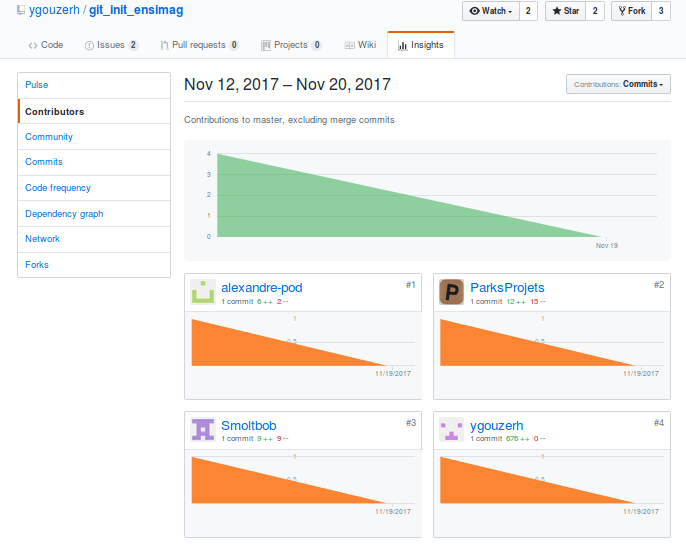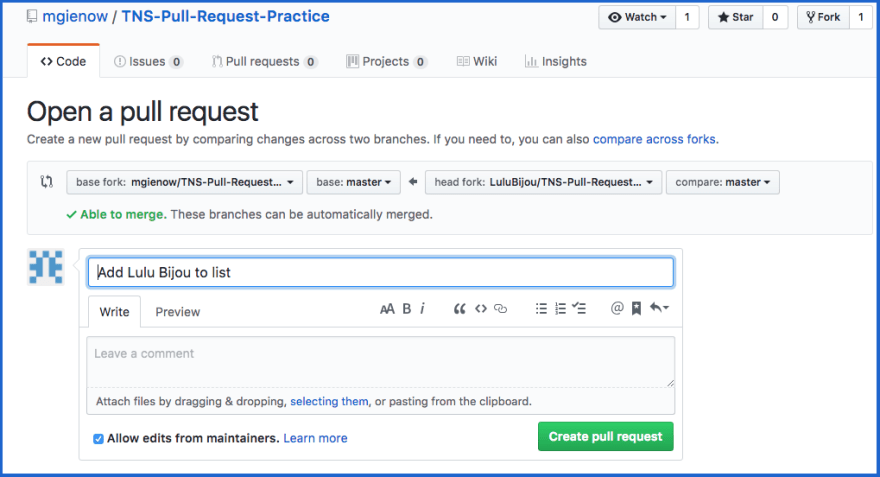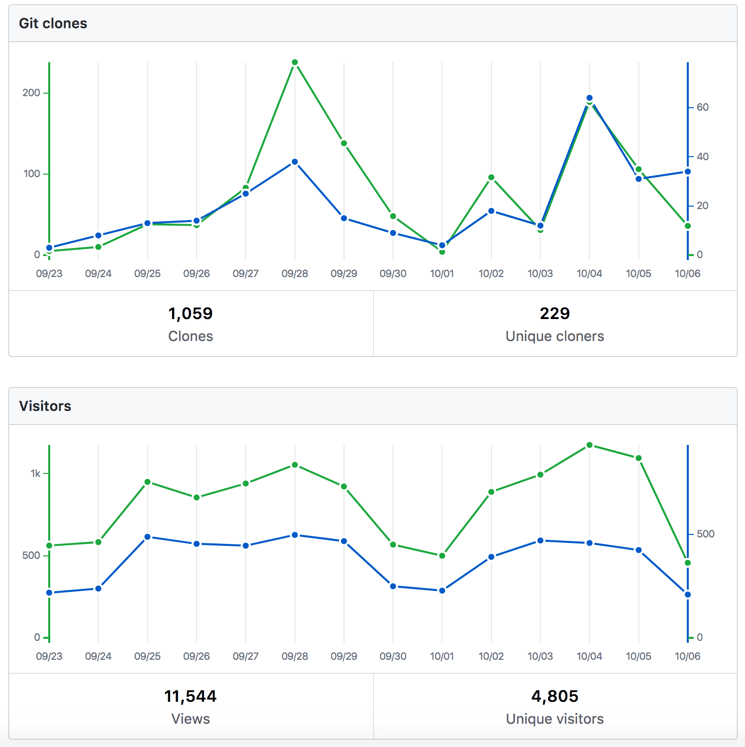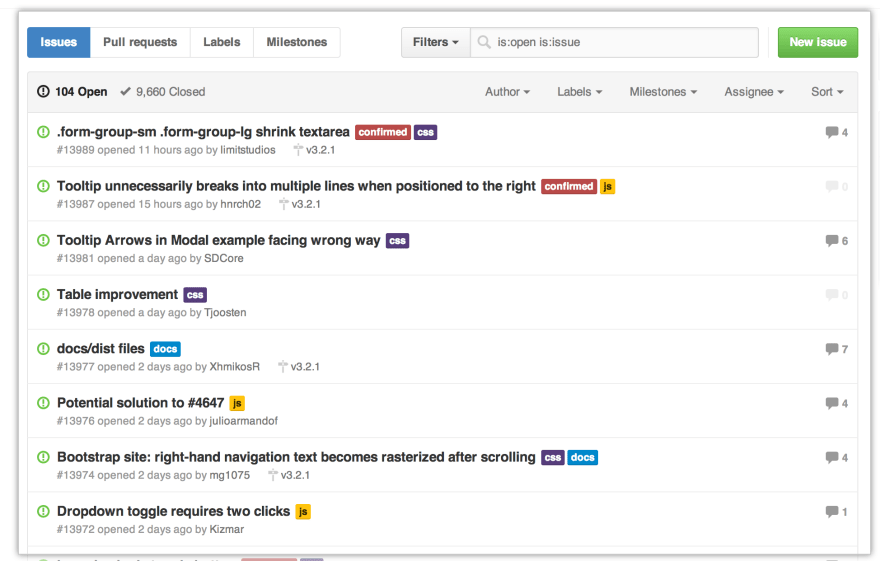An Interest In:
Web News this Week
- April 1, 2024
- March 31, 2024
- March 30, 2024
- March 29, 2024
- March 28, 2024
- March 27, 2024
- March 26, 2024
How to measure contributions & finance open source projects?
Why measure anything?
Data, when utilized carefully, can help you settle on better choices as an open-source maintainer.
With more data, you can:
See how users react to new features
Find out where new users come from
Recognize, and conclude whether to help, an out of the box use case or feature
Evaluate your projects bugs
See how your project is utilized
Fund-raise through sponsorships
Prominence isn't all that matters. Everyone gets into open source for various reasons. If your objective as an open-source maintainer is to flaunt your work, be straightforward about your code, measurements may not be imperative to you.
If you are keen on understanding your project on a more profound level, read on for approaches to examine your project's activity.
Revelation
Before anyone can utilize or contribute back to your project, they need to realize it exists. Ask yourself: are people discovering this project?
If your project is on GitHub, you can see the number of individuals land on your project and where they come from. From your projects page, click "Insights", and then "Traffic". On this page, you can see:
Total page views: Tells you how frequently your project was seen
Total unique visitors: Tells you the number of views on your project
Referring sites: Tells you where visitors came from. This measurement can help you sort out where to reach out to your crowd and whether your marketing efforts are working.
Popular content: Tells you where guests go on your project, separated by page views and unique visitors.
GitHub stars can likewise help give a basic measure of popularity. While GitHub stars don't really correspond to downloads and utilization, they can disclose to you the number of individuals considering your work.
Usage
On GitHub, go to the "Traffic" page. where you can see the clone graph to see how frequently your repository has been cloned on a given day, separated by all out clones and unique cloners.
If the usage is low as compared to the views on your project, there are two points to consider:
- Your churn is very high
- You are targeting the wrong crowd
Maintenance
Developers are finding your project and they're utilizing it. The following inquiry you'll need to pose to yourself is: are individuals contributing back to this task?
It's never too soon to think about contributors. Without others contributing, you are placing yourself into an undesirable circumstance where your project is well known (numerous individuals use it) however not supported (insufficient maintainer time to fulfill need).
Maintenance requires an inflow of new contributors, as former contributors will eventually proceed to different things.
Measurements that you may need to routinely follow include:
Total count of contributors and number of commits: Tells you the number of contributors you have, and the activity. On GitHub, you can see this under "Insights" - > "Contributors." Right now, this chart just commits on the default branch. It also helps you see if you are getting new contributors and if they return. Occasional contributors have lower commits. Without new and active contributors, your project can become dormant.

Number of open issues and Pull requests: If these numbers get excessively high, you may require help with issue triaging and code checkup.
Number of opened issues and opened pull requests: Opened issues implies someone thinks often about your project to open an issue. If the number increments after some time, it means people are keen on your project.

Category of Contributions: Contributions can be of various types such as commits, grammatical fixes, fixes for bugs or replying to issues.
Financial Support

Apart from individual developers, projects fund-raise from organizations, people, or others to support continuous work. Corporate funding may go towards paying current contributors, taking care of the expenses of running projects, (for example, production & deployment charges), or putting into new highlights or thoughts. As open source's fame builds, finding funding for projects is as still under trial, but there are a couple of options available.
Fund-raise for your work through crowdfunding efforts or sponsorships
Discovering sponsorships functions admirably on the off chance that you have a solid crowd or your project is well known.
Make an income stream
Building upon your project, you might have the option to charge for business support.
Apply for grants
Some product establishments and organizations offer awards for open source work.
If you are interested in creating a 3D model of your GitHub contribution graph, you can go here https://skyline.github.com/
On June 8, The Digital Developer Conference: Data & AI will provide a free opportunity for developers to learn industry-recognized data and AI skills from IBM experts, partners, and the worldwide communityfeaturing hands-on experiences, IBM client stories, essentials and best practices, latest trends, and more. Sign-up here ibm.biz/devcon-ai
Looking to use #TechforGood? Join a community of problem solvers to fight back some of the worlds most pressing challenges. Answer the call on http://callforcode.org
Follow us on Meetup to join us in the upcoming relevant workshops and webinars
Original Link: https://dev.to/ibmdeveloper/how-to-measure-contributions-finance-open-source-projects-118m
Dev To
 An online community for sharing and discovering great ideas, having debates, and making friends
An online community for sharing and discovering great ideas, having debates, and making friendsMore About this Source Visit Dev To



